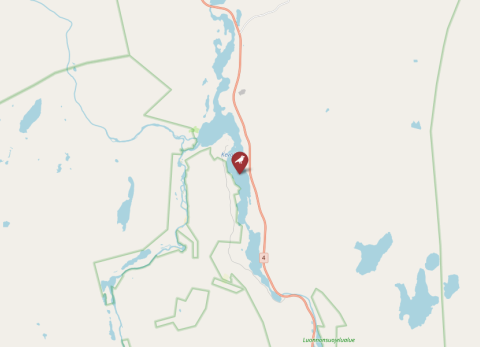| Species |
Pied flycatcher, great tit, Siberian tit, common redstart |
| Start year |
1981 |
| End year |
NA |
| Continuous collection of data |
No. There are three missing years and imperfect data between 1981 and 2009. |
| Gap years |
1998, 2006, 2007 |
| Longest data collection |
17 |
| Parental ID's recorded |
Yes. For some years, most commonly for Ficedula hypoleuca and Parus cinctus females in 1980's. |
| List of basic breeding data collected |
Laying date, Clutch size, Hatching date, Number of hatchlings, Number of fledglings, Biometrics for nestlings and parents |
| Description of the protocols for breeding data collection |
Nest boxes were normally checked weekly to record final clutch size, number of hatchlings and number of fledglings, and to ring nestlings. The number of hatchlings was determined from the numbers of recently hatched nestlings and unhatched eggs. The number of fledglings was determined from the numbers of nestlings prior to fledging and those found dead in the nest after fledging. Nests were thoroughly inspected for unhatched eggs and dead nestlings after fledging. Especially for pied flycatcher, nests were also inspected for remaining snail shells (as a calcium source) and ectoparasites. First egg laying date was calculated back from the number of non-incubated eggs, or from hatching date if the nest was not visited during the laying period. |
| Description of the protocols for taking individual level measurements |
Nestling wing length was measured with a ruler to the nearest 1 mm and hatching date was estimated from the wing length of small nestlings by comparing it with growth curves of nestlings with known age. Wing length was also normally measured when nestlings were ringed. Body mass was measured to the nearest 0.1g with Pesola spring balances. Parent birds were aged by their plumage characteristics into two age-classes, one year old or older, mainly on the basis of the shape of the primary coverts, primaries and tail feathers. |
| Experimental manipulations |
Yes |
| Description of experimental manipulations |
- 2016: 1 unincubated egg of great tit & pied flycatcher was taken for thyroid hormone measurements.
|
| Predation events recorded |
Yes |
| How are second clutches recorded? |
Replacement and second clutches are included. Their classification is mainly based on their timing of breeding in each study year (done during the field season). Often, appearance of a replacement in one of the neighbouring nest boxes is obvious after a nest failure, and in some cases replacement and second nests are confirmed with ring number by capturing parent birds. |

